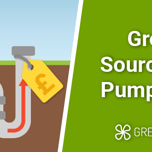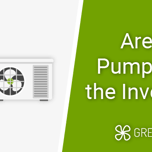
Get up to 4 quotes by filling in only 1 quick form

Slash your energy bills by installing a heat pump

We’ve helped over 500,000 homeowners reduce their carbon footprint
- GreenMatch
- Ground Source Heat Pumps
- Ground Source Heat Pump Borehole
Ground Source Heat Pump Borehole
If you’re considering getting a ground source heat pump (GSHP) for your home, then you’ll need to understand what a borehole is and how it affects the costs of your GSHP installation. There are two types of boreholes: closed-loop and open-loop systems. In this article, we’ll talk you through what a ground source heat pump is, as well as borehole collectors’ installation and operational costs.
A ground source heat pump or a Geothermal Heat Pump is an eco-friendly and energy-efficient central heating/cooling system for meeting the demands of the household in terms of thermal capacity that these require. If you are already interested in a ground source heat pump installation for your home, let GreenMatch help you.
Trying to find qualified heat pump installers by yourself can be an arduous task, wasting hours of your free time. At GreenMatch, we have a network of certified heat pump installers, so we can quickly connect you with installers available in your area. This enables you to easily compare their prices and choose the best deal.
Click the button below to receive up to 3 customised quotes from our qualified suppliers. Our service is completely free and non-binding.
- Quotes from local engineers
- Payment by finance available
- Save up to £1100 per year
It only takes 30 seconds



What Is a Ground Source Heat Pump?
The principle behind the functioning of a ground source heat pump is based on a heat exchange process, where the soil’s accumulated heat is being transferred to the pump. The solar energy that heats the Earth’s crust is being absorbed by the ground’s upper layer, which most of the time registers constant temperatures, regardless of the weather conditions outside. A network of underground pipes collects the soil’s heat, which later through a process of compression, evaporation or condensation is being transferred and released into people’s houses.
They are an effective and environmentally friendly solution for heating your home. By replacing an electric system with a ground source heat pump, you can save up to £1,4255 a year on your heating bills. Ground source heat pumps are especially great for new builds.
There are different types of ground source heat pumps, and it is important to evaluate which system is most suitable for your home. The type of system and the scope of the installation project will also determine the overall costs of your ground source heat pump.
The video below explains how a ground source heat pump works:

Information About Ground Source Heat Pump Borehole
When considering installing a ground source heat pump one could choose between a network of horizontal collectors laid in the immediate proximity to the ground’s upper layers at small depths, or opt for vertical ground source heat pump boreholes instead, which is also known as vertical closed-loop geothermal heat exchangers. Selecting between these two systems, conceptually similar but structurally different, comes down to the available space for a geothermal pump installation, the square footage that requires heating and the budget allowance one can sanction for carrying the installation works.
Vertical boreholes are good for small or limited areas, and although it bears high installation costs, borehole heat collectors produce a higher heat yield per metre, compared to horizontal collectors, which entails a better energy efficiency rate. Thus, if you are considering drilling a borehole in your backyard, you’ll have to make sure that the ground is suitable for digging a deep-seated ditch and that the designated area is accessible for fitting in the drilling equipment.
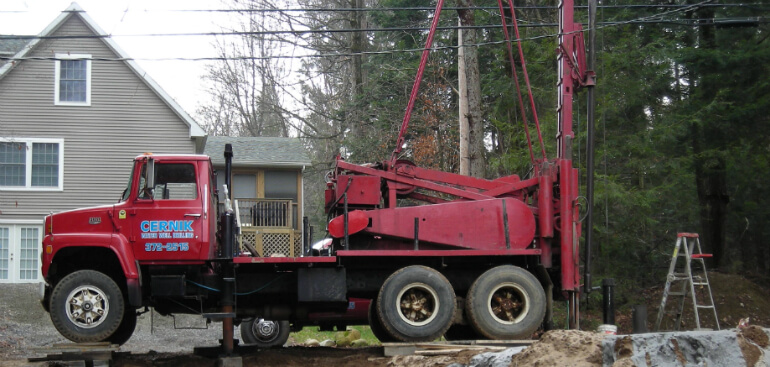
What is a Ground Source Heat Pump Borehole?
A ground source heat pump borehole represents a closed loop system which comprises a set of polyethene pipes that are vertically inserted into the ground and which circulate water to and from the geothermal heat pump. In most cases, the borehole size will range between 15 and 122 m deep.
The space between the pipes and the ground source heat pump borehole wall is filled up with a special grout mix that typically contains a combination of bentonite, sand and potable water, which is being pumped from bottom to top. Bentonite is preferable to other grouting materials since it is waterproof and a good thermal conductor. Therefore, by retaining a considerable amount of moisture it rarely dries out which ensures a proper heat transfer from the ground to the pipe and vice versa. At the same time, due to its low permeability properties, the bentonite grout provides a self-sealing barrier to groundwater intrusion. The ground source heat pump boreholes are drilled at 5-6 m apart from each other and at 6-7 m from the nearest building. The depth is conditional on the property’s characteristics (size, insulation, heating capacity) that require heating. A house that needs around 10 kW of heating capacity, most probably will need three boreholes of 80-110 m deep.
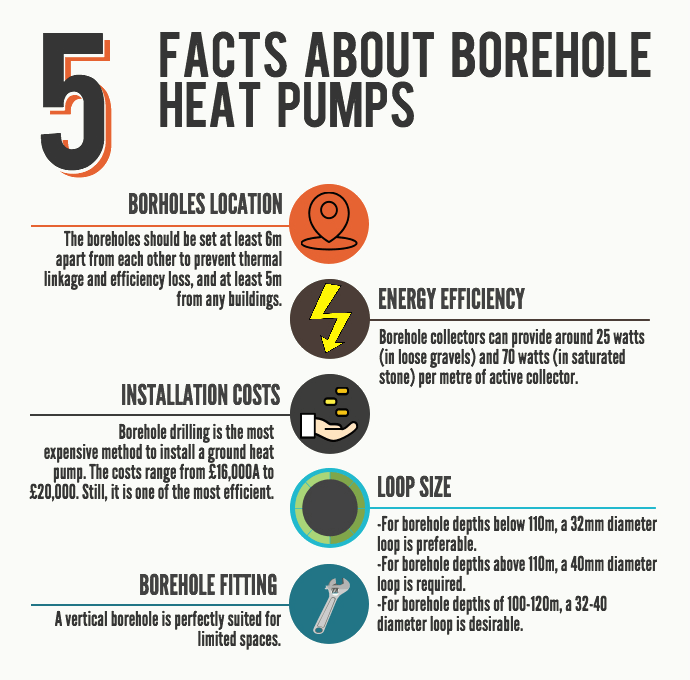
Borehole Collectors Installation and Operational Costs
The costs associated with a borehole heat pump installation are directly proportional to such factors as borehole depth, borehole casing and sealing materials dimensions. In order to make sure that you will make the most out of the ground source heat pump boreholes you are planning to drill, you can order a geotechnical survey to be carried out beforehand.
In so doing, you’ll be able to minimise the degree of uncertainty when it comes to the soil’s thermal properties assessment and it will make sure that the heating capacity you are looking to obtain by installing a ground source heat pump will pay off the initial investment. At the same time, a survey like this will provide a reliable amount of data that will be instrumental in planning the right length and diameter of the borehole loop, that will correspond with the ground’s characteristics.
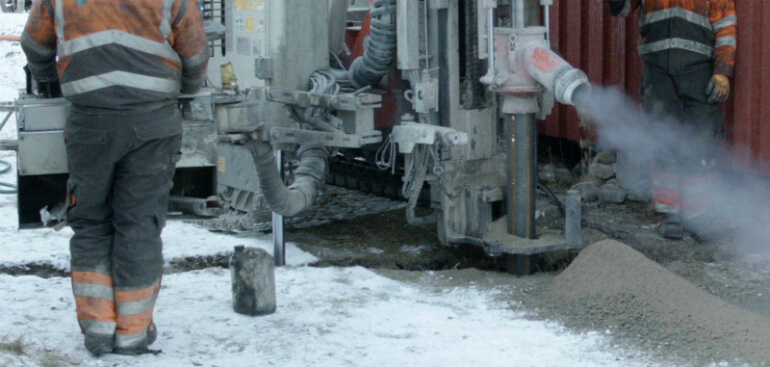
The smaller the system, the higher the cost per kW output will be. As mentioned earlier, for all the types of ground source heat pumps that use a borehole as their main heat source collector, the setting up costs (planning, equipment utilisation and the commission of works) are a substantial part of the total costs. Thus, the capital cost measured in pounds per borehole meter that are being drilled will decrease as the collector size increases.
This means that, for a group of ten houses which are located on the same site, the borehole collector costs per house will be around 20% lower than for an individual house. Meanwhile, the overall costs of the heat pump that determines its’ output in terms of pounds per kW, will drop as well, provided that the heat pump output gets larger.
If you wish to receive customised information about the cost of a ground source heat pump for your specific property, click the button below and fill in our short form. Our team will contact you for further information and will connect you with up to 3 of our qualified suppliers, for free.
- Quotes from local engineers
- Payment by finance available
- Save up to £1100 per year
It only takes 30 seconds




Attila is the UX Manager at GreenMatch. He holds a degree in international business with four years of coordination experience in marketing, user experience, and content creation. Attila likes to write about solar energy, heating technology, environmental protection, and sustainability. His and his team’s articles appeared in well-known sites such as The Conversation, Earth911, EcoWatch, and Gizmodo.
 We strive to connect our customers with the right product and supplier. Would you like to be part of GreenMatch?
We strive to connect our customers with the right product and supplier. Would you like to be part of GreenMatch? 

